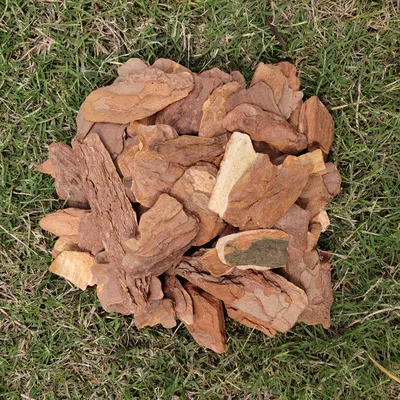
china fly ash price
The Current Landscape of Fly Ash Prices in China
Fly ash, a byproduct of coal combustion in power plants, has found numerous applications in construction, particularly as a key ingredient in cement and concrete production. In recent years, the price of fly ash in China has been under constant scrutiny due to factors such as demand fluctuations, regulatory changes, and the wider implications of China's environmental policies. This article delves into the current landscape of fly ash prices in China and the factors influencing them.
Understanding Fly Ash and Its Importance
Fly ash is valued in the construction industry for its pozzolanic properties, which enhance the strength and durability of concrete while reducing the amount of cement needed. This not only promotes sustainability but also offers economic advantages in large-scale construction projects. As China continues to urbanize at an unprecedented rate, the demand for fly ash has surged. The material is also increasingly recognized for its potential to lower carbon footprints and align with green building standards.
Current Pricing Trends
As of late 2023, the prices of fly ash in China have experienced significant fluctuations. Various reports indicate that the cost of fly ash can vary widely across provinces due to transportation costs, local demand, and availability. On average, prices have ranged from 350 to 800 RMB per ton, but specific regions have seen prices exceeding this average, particularly in areas where fly ash is in high demand or where local supplies are constrained.
The rapid fluctuation in prices can be attributed to several key factors
1. Demand and Supply Dynamics The construction boom in China, fueled by government investments in infrastructure, has driven up the demand for fly ash. Conversely, the closure of some coal-fired power plants, due to environmental regulations and a push for cleaner energy sources, has led to a decrease in the availability of fly ash. This imbalance between demand and supply inevitably influences pricing.
china fly ash price

2. Regulatory Framework The Chinese government has been actively promoting the use of fly ash as part of its broader environmental strategy. The implementation of stricter emissions regulations for coal-fired plants has led to a decrease in production capacity, thereby increasing prices. Additionally, policies encouraging the use of supplementary cementitious materials, including fly ash, have created a more favorable market for this material.
3. Economic Factors The overall economic environment can also impact fly ash prices. Factors such as inflation, changes in construction activity, and fluctuations in energy prices can alter the cost structures of companies involved in fly ash collection and distribution, which in turn affects market prices.
4. Regional Disparities It is critical to consider the regional variations in pricing. Certain provinces with higher industrial activity, such as Guangdong and Jiangsu, might experience higher prices compared to less industrialized regions. This geographical disparity can stem from logistics costs, local regulations, and varying levels of supply.
Future Outlook
Looking ahead, the trajectory of fly ash prices in China may be influenced by several ongoing trends. As the country ramps up its green initiatives, the demand for environmentally friendly construction materials is likely to persist. Innovations in recycling and alternative uses for fly ash—such as in road construction and soil stabilization—could mitigate price increases and lead to more stable pricing in the long term.
Moreover, the ongoing transition from coal-based energy to renewable sources will continue to play a critical role in determining future supply levels. Companies that can adapt to these changes and find innovative ways to utilize fly ash may find themselves in a competitive position as market dynamics evolve.
Conclusion
The fly ash market in China represents a complex interplay of economic, regulatory, and environmental factors. As current trends indicate, prices are likely to remain volatile in the near term, influenced by the balance of supply and demand, regulatory interventions, and economic conditions. Stakeholders in the construction industry must stay informed and adaptable to navigate this dynamic market and optimize their use of fly ash in projects moving forward.
Share
-
Premium Resin Coated Sand - High Heat Resistance CastingNewsJul.31,2025
-
High Quality Silicon Carbide Grit for Abrasive ApplicationsNewsJul.30,2025
-
High-Quality Ceramsite for Plants & Gardening | Lightweight PebblesNewsJul.29,2025
-
Premium Burgundy Glass Marbles for Vases & Shooter GamesNewsJul.29,2025
-
High Purity Quartz Sand for Industrial and Ground ApplicationsNewsJul.29,2025
-
High-Quality Barite Powder for Drilling & Industrial UseNewsJul.29,2025






